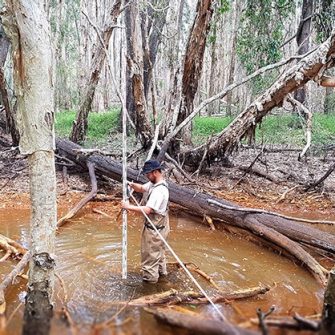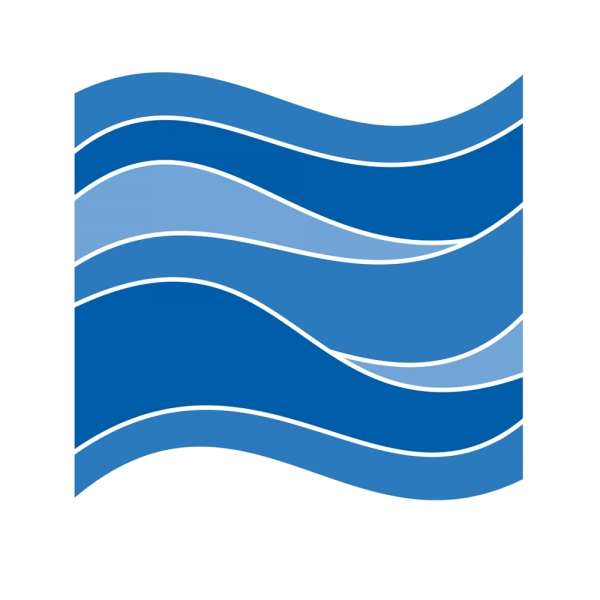Environmental engineering

Environmental engineering combines the resources of groups within the Water Research Laboratory to provide an integrated assessment of environmental impacts.
Teams comprising engineers, scientists and technicians are formed to best address the needs of each client, resulting in a unique, tailored solution to the assignment.
Emphasis is placed on understanding the processes which dominate the movement and dispersion of pollutants, with each project uniquely designed, managed and executed. Combined with our process oriented approach, the result is a coherent product tailored to meet the individual needs of the client.
WRL personnel are highly experienced in providing innovative answers to complex environmental engineering questions throughout Australia and overseas. Work centres around three major areas of investigation: Identification and quantification of pollutants discharged to the environment; the movement of pollutants through the domain of interest; and their impacts en-route and at their final resting place.
Recent projects have focussed on:
- Minimising the impacts of sewage outfalls on the marine environment
- Complex estuary process studies
- Tidal/wetland restoration projects
WRL places a high emphasis on the measurement and understanding of the physical processes occurring in the environment, so that the interaction with ecological processes can be best understood. WRL understands the importance of quantifying environmental effects so that decision making and planning can be undertaken.
Key areas
-
- Climate change adaptation/impacts
- Sewage outfalls, desalination impacts and pollutant releases
- Restoration of wetlands and estuaries
- Boat wake wave impacts and management
- Study design and monitoring in oceans, estuaries, rivers & lakes
-
- Hydrologic, oceanographic and environmental data systems
- ADCP, Seabird 19Plus, Sequoia, ADV, etc
- Decision support systems and databasing (ESDAT, GIS)
- Remote sensing, imaging & GIS
-
- 1D, 2D and 3D hydrodynamic
- Experts in RMA, MIKE, DELFT
- Near-field, far-field, particle tracking & random walk models
- Water quality: Destratification, Aqueous Chemistry, PHREEQC
- Pollutant source identification and real time capabilities
Typical projects
-
- Technical management
- Oceanographic processes
- Numerical & physical modelling
- Remote sensing and databasing
- Marine sediment sampling
-
- Physical modelling in 3 m wide wave flume
- Wave overtopping velocities and depths
- Dynamic uplift and slamming pressures
- Hydrodynamics under wharf deck
- Revetment armour stability
-
- GIS mapping techniques
- Groundwater/surface water connections
- Ion association modelling
- Predictive coupled transport modelling
- Data analysis and monitoring
- ‘Smart’ infrastructure
- Comprehensive project management
-
- Interdisciplinary project management
- Water and sediment quality
- Databasing and data collection
- Fish, flora, fauna
- Anthropogenic impact
- Numerical modelling

